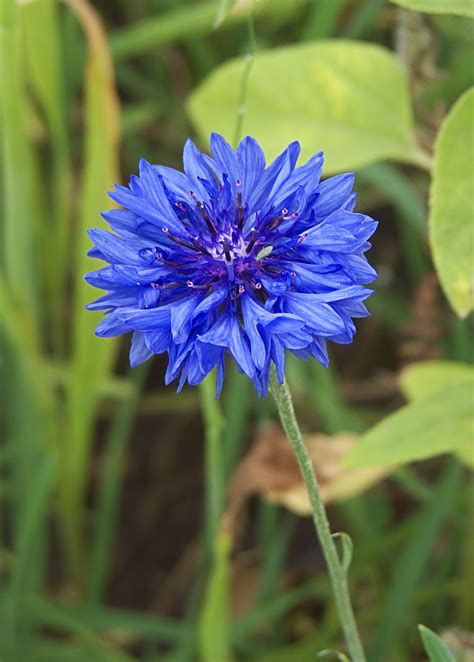Cornflower Plant. It is able to withstand arid and low fertility, alkaline soils. The cornflower belongs to the european centaurea family.

The cornflower belongs to the european centaurea family. Flowers bloom in the late spring and stay in bloom all summer long. They produce papery flower heads surrounded by bracts.
The Cornflower Plant Is An Herbaceous Annual Plant That Belongs To The Asteraceae Family And It Is Also Called A Bachelor’s Button.
You can buy young plants from garden centres, nurseries or mail order suppliers for planting in spring. 20cm (7) each way (minimum) rows: In the right climate, they look great planted in fields or en masse multiplying around the countryside.
They Produce Papery Flower Heads Surrounded By Bracts.
Cornflowers are grown from seed planted in the spring and they are best sown direct into the soil in which they are to grow. The rows should be spaced about 30cm apart. Cornflower can be planted in spring by seeds or nursery transplants around the time of last frost.
As A Recognized Naturalizing Flower, It Belongs In Country Cottage Gardens, And Formal Estate Gardens Alike.
The cornflower plant is a member of the compositae family. Each flower head is between 1cm and 3cm long, and they are most commonly an intense blue flower color. The cornflower plant is a quick growing plant and prefers to grow in full sun planted in all climatic zones of australia.
When The Plants Are Well Established, It Could Tolerate Drought.
Furthermore, and most importantly, they attract a wide array of garden wildlife. Thin to 8 inches (20 cm) apart in all directions. It possesses a thin, rigid stem that can grow up to 50 centimeters high.
Rake The Soil To A Fine Tilth (So It's A Fine, Crumbly Soil) And Make Some Drills 12Mm Deep.
Plant coneflowers about 1 to 3 feet apart, depending on the mature size of the variety. Native to europe, cornflowers are widely cultivated in north america as garden plants and have naturalized as an invasive species in some areas outside of their native range. Bury the plant to the top of the root ball, but make sure the root ball is level with the soil surface.
